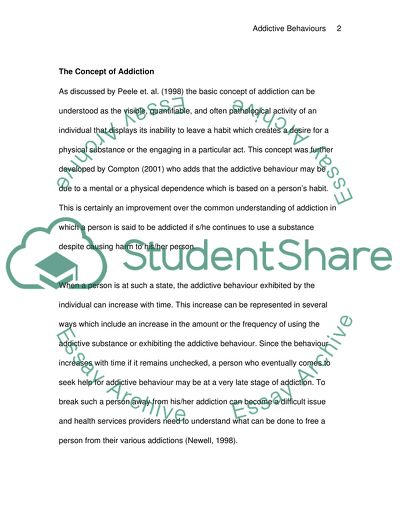Cite this document
(“Addictive Behaviours Research Paper Example | Topics and Well Written Essays - 1750 words”, n.d.)
Retrieved from https://studentshare.org/nursing/1545255-addictive-behaviours
Retrieved from https://studentshare.org/nursing/1545255-addictive-behaviours
(Addictive Behaviours Research Paper Example | Topics and Well Written Essays - 1750 Words)
https://studentshare.org/nursing/1545255-addictive-behaviours.
https://studentshare.org/nursing/1545255-addictive-behaviours.
“Addictive Behaviours Research Paper Example | Topics and Well Written Essays - 1750 Words”, n.d. https://studentshare.org/nursing/1545255-addictive-behaviours.


